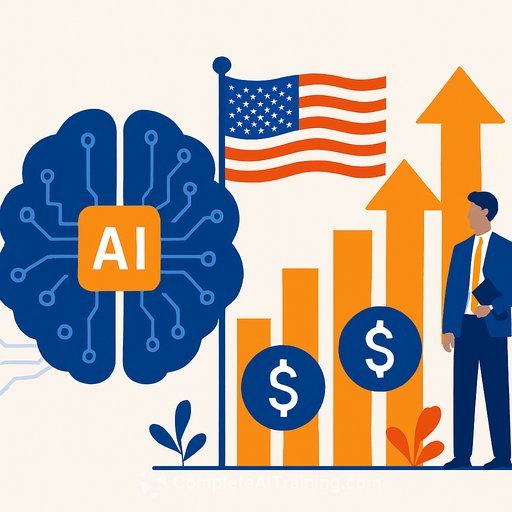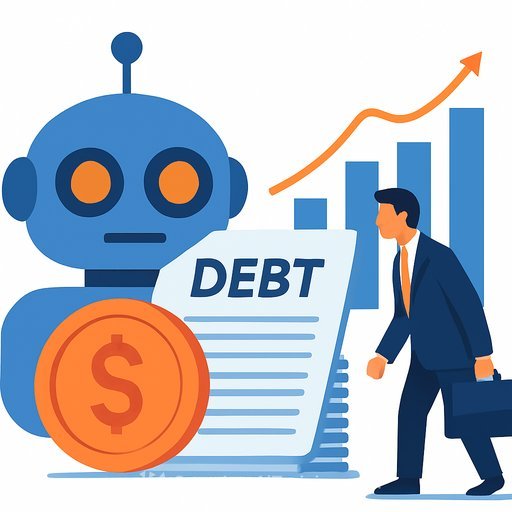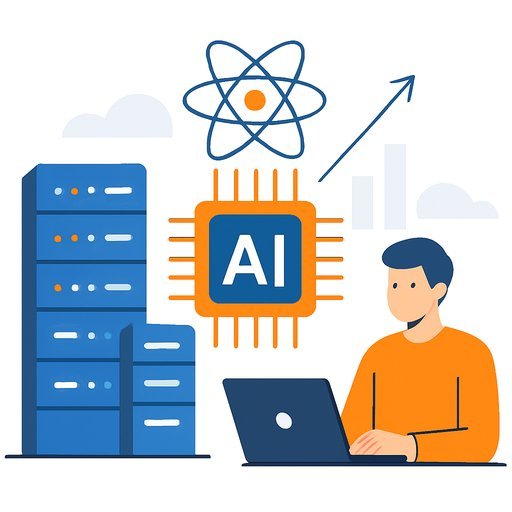Value investing in the age of AI: why the old strategy still has a future
Technology has changed how research gets done. It hasn't changed why value investing works.
AI can process more documents, faster, than any analyst. But the edge in value investing still comes from judgment, patience, and discipline. If your job is allocating capital, that edge is hard to automate.
Why value investing is different
Value investing is buying cash-generative businesses at a discount to intrinsic worth. The thesis plays out as the market corrects its own mispricing.
Models can't fully rate management integrity, capital allocation skill, customer stickiness, or competitive durability. Those calls are qualitative, contextual, and earned over cycles.
What AI adds
AI makes research faster. It can summarize transcripts, flag anomalies in financials, parse industry reports, and surface patterns in multiples.
That boost is strongest in the short run. Forecasting unit economics, competitive responses, and cash flows a decade out still leans on human thinking and clear assumptions.
The risk of over-reliance on technology
Models break on regime shifts, policy shocks, and behavior changes. Overfitting to the recent past leads to false confidence.
Signal-chasing also invites churn. Value investing works by ignoring noise, staying aligned to fundamentals, and letting time do the heavy lifting.
A practical playbook for finance pros
- Define your hunting ground: sector, cap range, and accounting quality screens. Reduce false positives before deep work begins.
- Use AI to compress grunt work: extract KPIs from filings, summarize calls, map supply chains, and benchmark peers. Then verify with primary sources.
- Quality checklist: ROIC vs WACC, FCF conversion, gross margin stability, pricing power, leverage and covenants, customer concentration, switching costs, and unit economics.
- Valuation with guardrails: build base/bear/bull cases; tie drivers to measurable inputs; apply conservative terminal assumptions; sanity-check with multiple methods.
- Behavioral risk control: predefine thesis killers, position sizing bands, and review cadences; avoid headlines dictating trades.
- Governance read-through: proxy statements, incentive design, buyback discipline, and capital allocation track record across cycles.
- Data hygiene: watch for data leakage, survivorship bias, and look-ahead bias in any AI-assisted backtest.
- Documentation: write the thesis in one page; list key metrics to track; set a re-underwrite trigger for adverse moves.
Where AI helps your workflow
- NLP on earnings calls to quantify sentiment and detect guidance shifts.
- Anomaly detection across accruals, working capital, and segment margins.
- Early warning on credit stress: interest coverage, maturity walls, and covenant headroom.
For factor context, review long-horizon evidence like the Fama-French data library. For a curated list of practical AI tools for finance teams, see Complete AI Training: AI Tools for Finance.
Why value investing endures
The core idea is simple: buy strong businesses at fair prices and wait. Mean reversion, cash flows, and time handle the rest.
AI improves your map of the terrain. You still choose the route, pace, and destination.
FAQs
Q1. Can AI completely replace traditional investing strategies?
No. AI accelerates analysis, but judgment, patience, and experience still drive outcomes in long-horizon strategies like value investing.
Q2. Does AI make markets too efficient for value investing?
No. Mispricing persists because sentiment, incentives, and constraints create dislocations. Value investors can still find gaps between price and worth.
Q3. How should a small investor balance AI tools and value investing?
Use AI for research and monitoring. Make decisions based on fundamentals, scenarios, and long-term goals-not short-term signals.
Your membership also unlocks:





